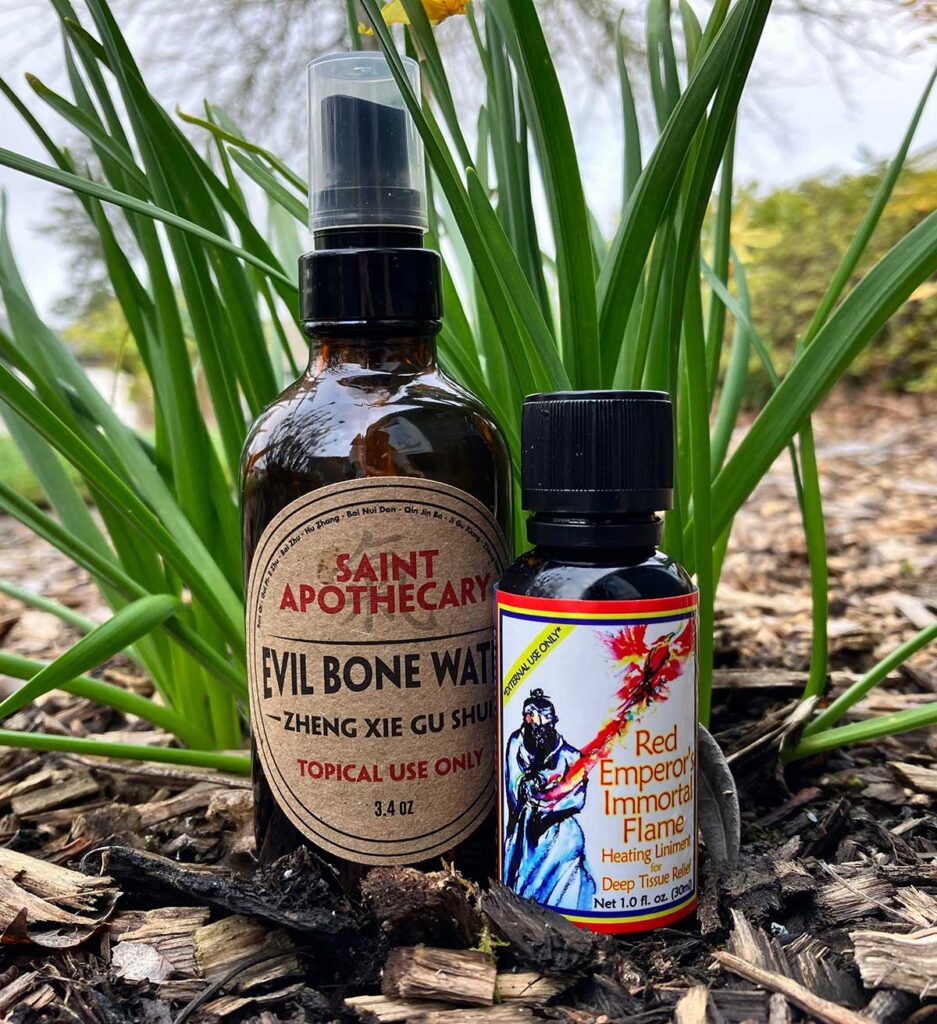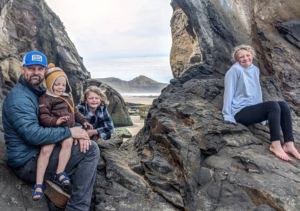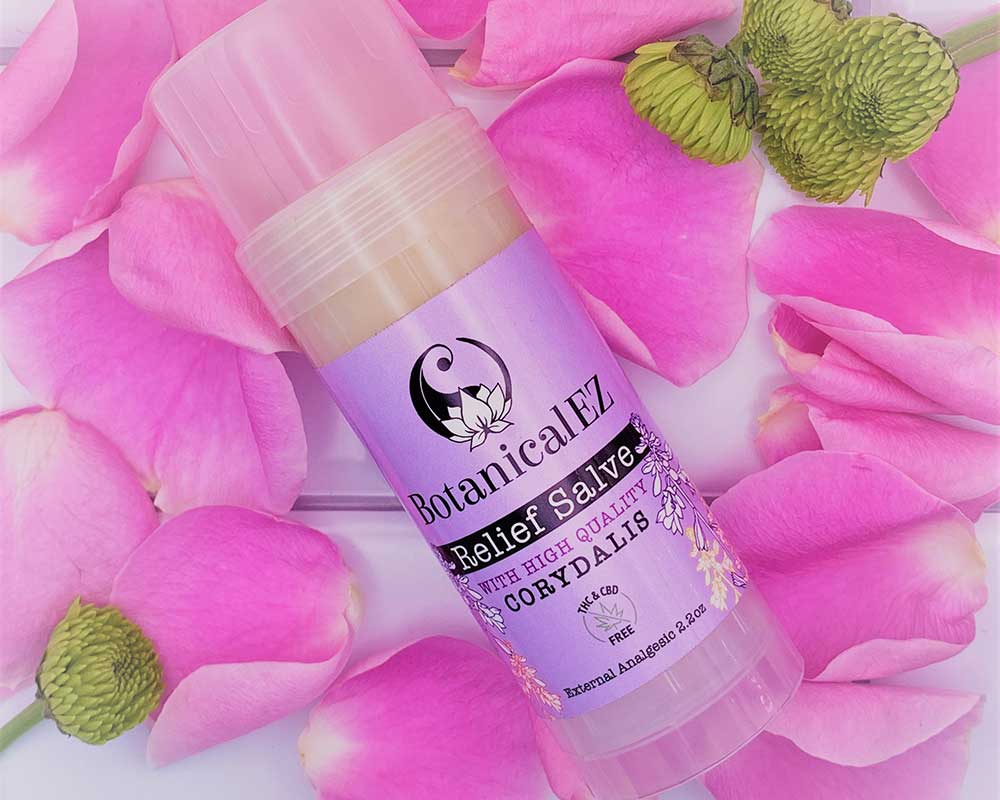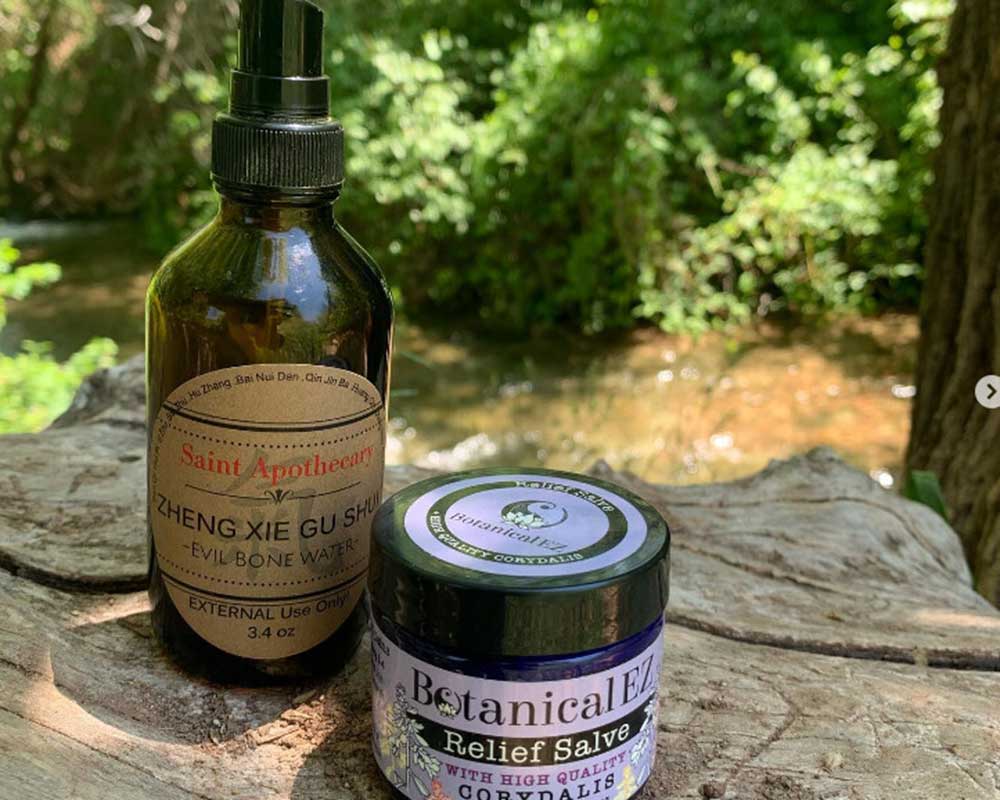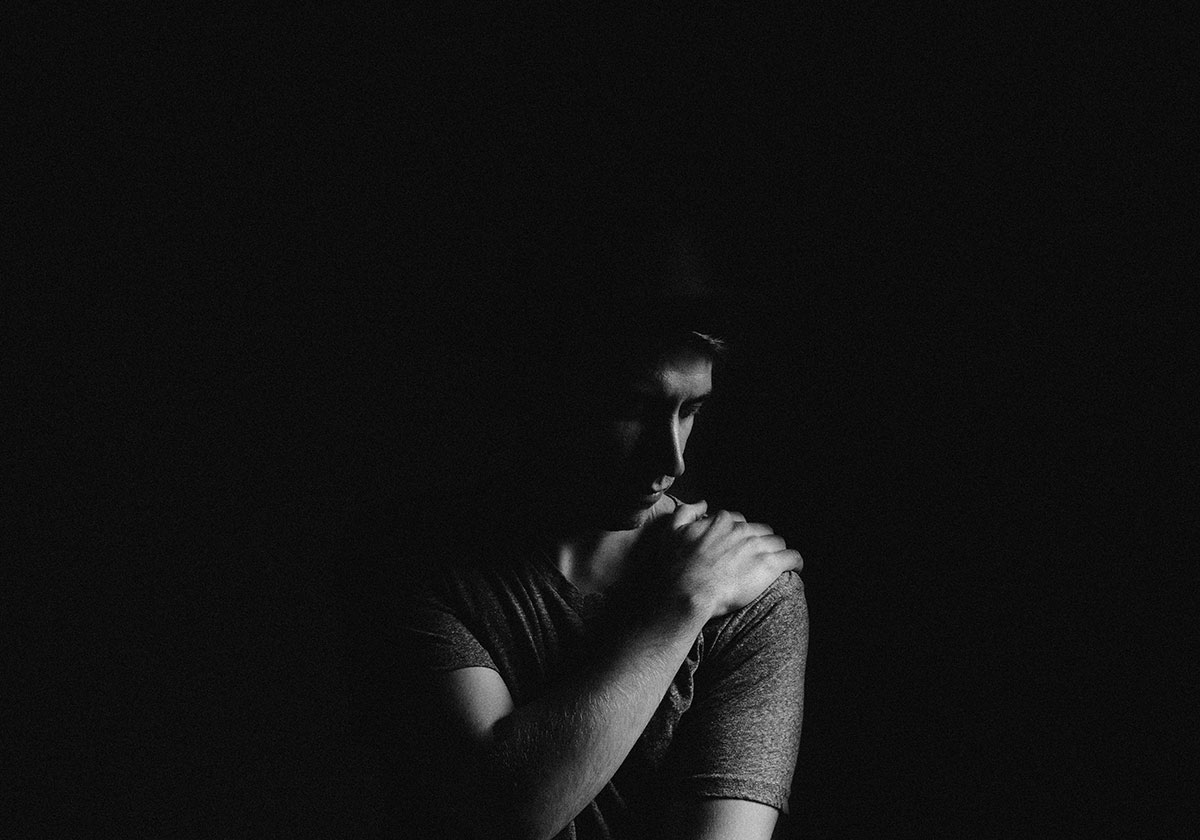
No more squinting at product labels or flipping coins to decide. This chart breaks down each product’s key features, pros, and cons, making it easier to weigh your options and determine which one aligns with you..
This comparison chart proves helpful in your quest to find the perfect topical pain relief product. Remember, everyone’s preferences and needs are different, so take the time to evaluate the options and find the one that will work best for you. Happy shopping, and may you find relief soon!
When examining the chart, consider the following factors
Your specific needs: Are you looking for a product that provides a heating or cooling sensation? Do you have sensitive skin? Do you prefer a light or strong smell?
Price: Which product fits within your budget?
Size: How often will you be using the product, and for what purpose? Will you need a larger amount for frequent use or a smaller amount for occasional use?
Absorption: Do you prefer a fast-absorbing product, or are you looking for something with a slow time-release effect?
Application: Which method of application is most convenient and suitable for your needs?
By evaluating these factors, you’ll be able to make a more informed decision when selecting a topical pain relief product. The chart aims to provide a comprehensive comparison of the three products so you can choose the one that’s best for you.
| Evil Bone Water | Corydalis Relief Salve | Red Emperor's Immortal Flame | |
|---|---|---|---|
| Price | $40 | $25 | $45 |
| Key Ingredients | Natural menthol, camphor, cinnamon | Corydalis plant extracts | Organic wintergreen, menthol |
| Smell | Strong (Herbal) | Light/No (Floral) | Strong (Wintergreen) |
| Absorption | Fast | Slow | Medium |
| Application | 3.4 oz Spray | 2.2 oz Stick, 1.8 oz Jar | 1 oz Bottle |
| Heating/Cooling Sensation | Both, more cooling | None | Yes, more warming |
| Pros |
- Fast-acting - Strong heating/cooling sensation - Dries quickly - Improves absorption when combined with other products - Good for most things - Easy to clean |
- Slow time-release absorption - Longer working time - No strong smell, - Effective for nerve pain - Multiple application styles - No/minimal stinging sensation - Gentle on sensitive skin |
- Medium acting speed - Medium absorption time - Effective in providing warmth and relieving cold-aggravated pain - No/minimal stinging sensation, |
| Cons |
- Runny - Strong smell - Stings on open skin or after acupuncture - Strong sensation may cause discomfort for people with sensitive skin |
- Difficult to clean - No hot/cool sensation - Greasy feeling on skin |
- Small bottle size - May seem expensive - Flow restriction top may be slow to use - Not as suitable for applying to large areas easily - Strong sensation may cause discomfort for people with sensitive skin |
For those who want more information on each product, you can read the individual blog reviews for Evil Bone Water, Corydalis Relief Salve, and Red Emperor’s Immortal Flame.
By exploring these reviews, you’ll gain a deeper understanding of each product, allowing you to make a well-informed choice. We encourage you to take the time to read these reviews and find the ideal topical pain relief product that best meets your needs.
Buy Our Topical Pain Relief Products Today!
We make available natural products that have been observed to make a difference in the lives of our patients, friends and family. You’re in good hands shopping with us.
About the Author
Willard Sheppy is a writer and healthcare practitioner who seamlessly melds scientific knowledge with practical applications in engaging and authoritative articles. He holds a Bachelor of Science in Environmental Science from Oregon State University and a Master’s in Acupuncture and Oriental Medicine from the distinguished Oregon College of Oriental Medicine.
In his work, Willard skillfully combines his extensive educational background in scientific research with his practical experience as a healthcare practitioner. Willard balances his life with martial arts and cherished family adventures. As a father of three, he often leads his family on camping and hiking trips along the breathtaking Oregon coast.
Connect with Willard on LinkedIn at linkedin.com/in/valleyhealthclinic or learn more about his services at valleyhealthclinic.com. Embark on this journey towards holistic health with Willard!
